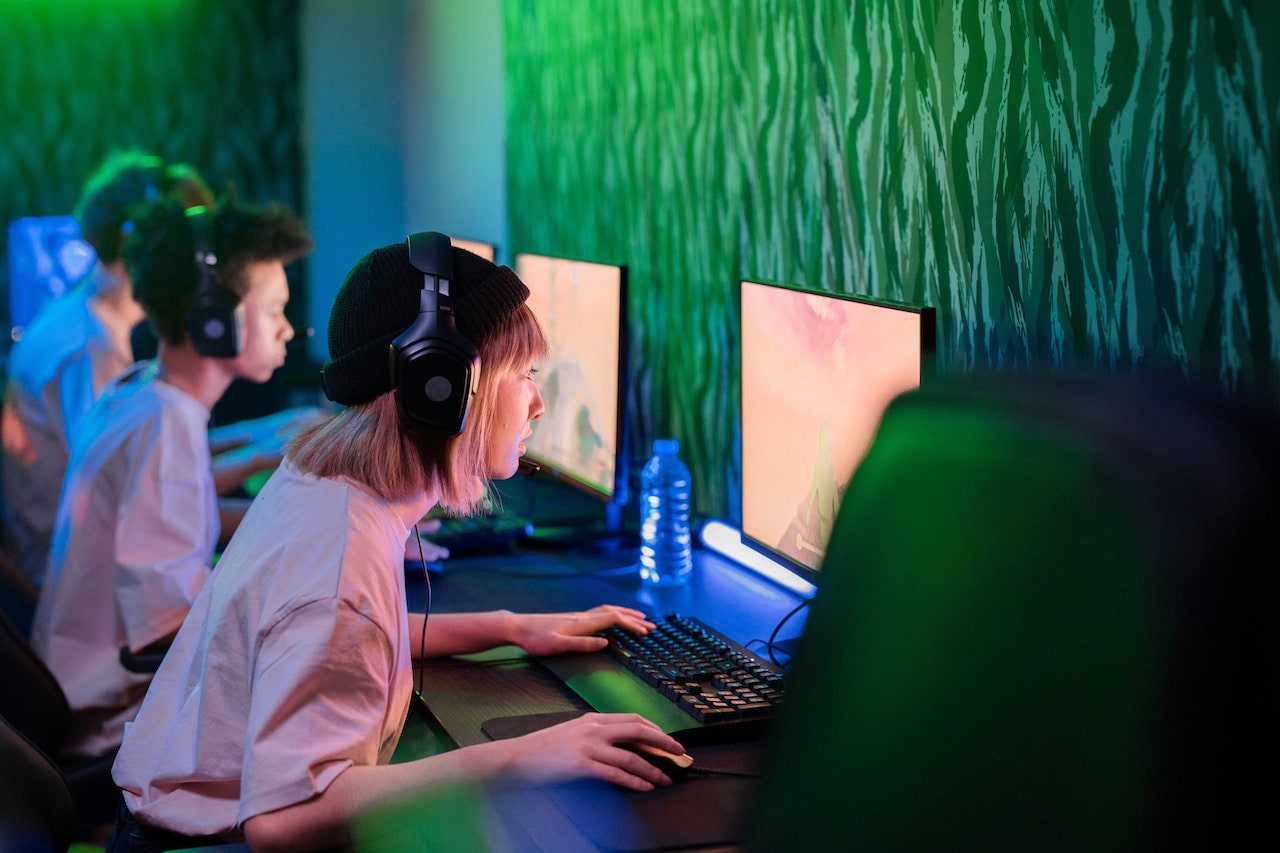Bullying is not ‘just part of growing up’, but a real assault on mental health and cognitive development.
From Dr Zalina Ismail
I can still remember my first day of school in Standard 1, the day when 20 sen almost ruined my life!
I didn’t know it had a name back then: bullying and extortion. It took me a week before I told my mother that I lost my lunch money to a bully, so I can understand why children today find it so difficult to tell someone in such a situation.
Fast forward to 2025 and the problem still persists, except that it has become more malignant. Students bully, teachers bully, and in the process, someone may actually die.
Back then, I thought it was just about lunch money. Now, I know it is about power and the way it shapes our brains, our behaviour, and sometimes, our fate.
The bully’s playground has expanded far beyond the schoolyard at recess time to smartphones, WhatsApp groups, and social media feeds.
The currency isn’t just lunch money anymore. The likes, follows, and views are online trophies that can build a reputation in minutes or destroy it just as fast. Sometimes, it erodes the psyche and destroys a person’s already fragile self-worth.
This is no small problem; it’s a crisis hiding in plain sight. Take a look at the numbers.
The number’s don’t just speak, they shout
In Unicef’s 2017 survey of 1,000 children aged six to 17 across Malaysia, 77% of those aged nine to 18 said they were afraid of being bullied, and one in six had already been victims.
Two years later, a 2019 U-Report poll revealed that 28% of Malaysian youth had been cyberbullied, while a staggering 64% did not know where to go for help.
Eight years ago, Malaysian youths told us that four in nine knew about private online groups used to bully others, while only two in seven knew where to get help if they faced online bullying or online violence.
More recently, a 2021 nationwide study reported that 16.3% of student respondents were victims of bullying (with a further 14.4% as perpetrators and 48.4% as both bully and victim).
Another source from 2025 reported a rise in bullying cases reported in schools: 3,887 in 2022, increasing to 4,994 in 2023, and reaching 5,703 cases by October 2024.
Navigating the fear alone
These are the silent stories of children and teenagers navigating fear alone. They are not just numbers. Bullying is not about kids “roughhousing” or “to mentally toughen” someone.
Bullying is pervasive and it is on the rise. In Malaysia, it can cross into criminal territory.
Physical bullying can be considered assault under the Penal Code, while online harassment and cyberbullying can fall under the Communications and Multimedia Act 1998. Schools are also bound by education ministry guidelines to investigate and act when bullying is reported.
Yet, even with numbers this stark, we still fall back on the same old line: “If you’re being bullied, just tell someone.”
Like a lot of well-meaning people, I have been guilty of saying the same thing and then wondering why children remain silent for so long or until it’s too late.
If you have ever been the one targeted, you will know that it is never as simple as “telling someone you trust”. When you are the one being bullied, fear grips you, your mind races in 10 different directions all at once, and your heart pounds like a drum.
I know because it took me seven long days to tell my mother when I experienced it. And there is a reason for that, one that is hardwired into the brain’s survival system.
Our survival system
Deep within your brain, in an area located roughly behind your eyes and just above your ears, lies the amygdala: a small almond-shaped cluster of neurons, one on each side of your brain.
They sit close to the hippocampus (involved in memory) and are part of the limbic system, the brain’s emotional processing centre. Their main jobs are to detect threats, triggering fear and stress responses, and attaching emotional significance to memories.
The amygdala is our own built-in alarm system. When the brain senses danger, the amygdala instantly floods the body with stress hormones so we can fight, run, or freeze. No time to talk or explain, that is definitely not on the priority list.
The thinking part of the brain, the prefrontal cortex, goes quiet so the body can focus on staying safe. Add to that the fear of making things worse, the shame of being targeted, and the hope it might just stop on its own, and silence suddenly feels like the safest option.
Every time a child is bullied, the fear pathways get heavy traffic, and the amygdala stays on high alert. Silence has a cost. It eats away at focus, drains joy from activities once loved, and can tip the scales toward depression or self-harm.
Brains in survival mode are not able to learn. They just endure.
Change the brain to change the mind
The good news is that your brain is neuroplastic. It is malleable and can change. With safety, support, and the right strategies, the same neural pathways that learned to stay quiet can relearn to speak up.
Parents can create safe spaces for honesty without judgment. Teachers can make reporting systems discreet and protective. Friends can check in and believe the person who confides in them.
Bullies have been around forever. They are in classrooms, offices, family WhatsApp groups, and occasionally, they even get elected. More than just bad behaviour, bullying is an assault on the most precious thing we own, the human brain.
We need supportive parents, protective teachers, and trusted friends to help make a difference. Every safe conversation, every moment of kindness, rebuilds new pathways that move a child from survival mode back into learning and living mode.
This is not hype. This is everyday science that works. You can make a difference.
Lesson learned
When a brain meets a bully, it feels like a stress test that never ends. Prevention and recovery are both possible. Our brains are adaptable, and there are real tools, both legal and scientific, to fight back.
The lesson I learned from losing my lunch money years ago is that when a brain meets a bully, it goes into stress mode, each and every time. Bullying is not “just part of growing up”, but a real assault on mental health and cognitive development.
Yet the brain is a remarkable thing. It can adapt, it can heal, it can grow stronger.
Talk openly with your children tonight about bullying. Let’s give our children safe spaces for them to grow.
Dr Zalina Ismail is a former professor at Universiti Sains Malaysia.
The views expressed are those of the writer and do not necessarily reflect those of FMT.



